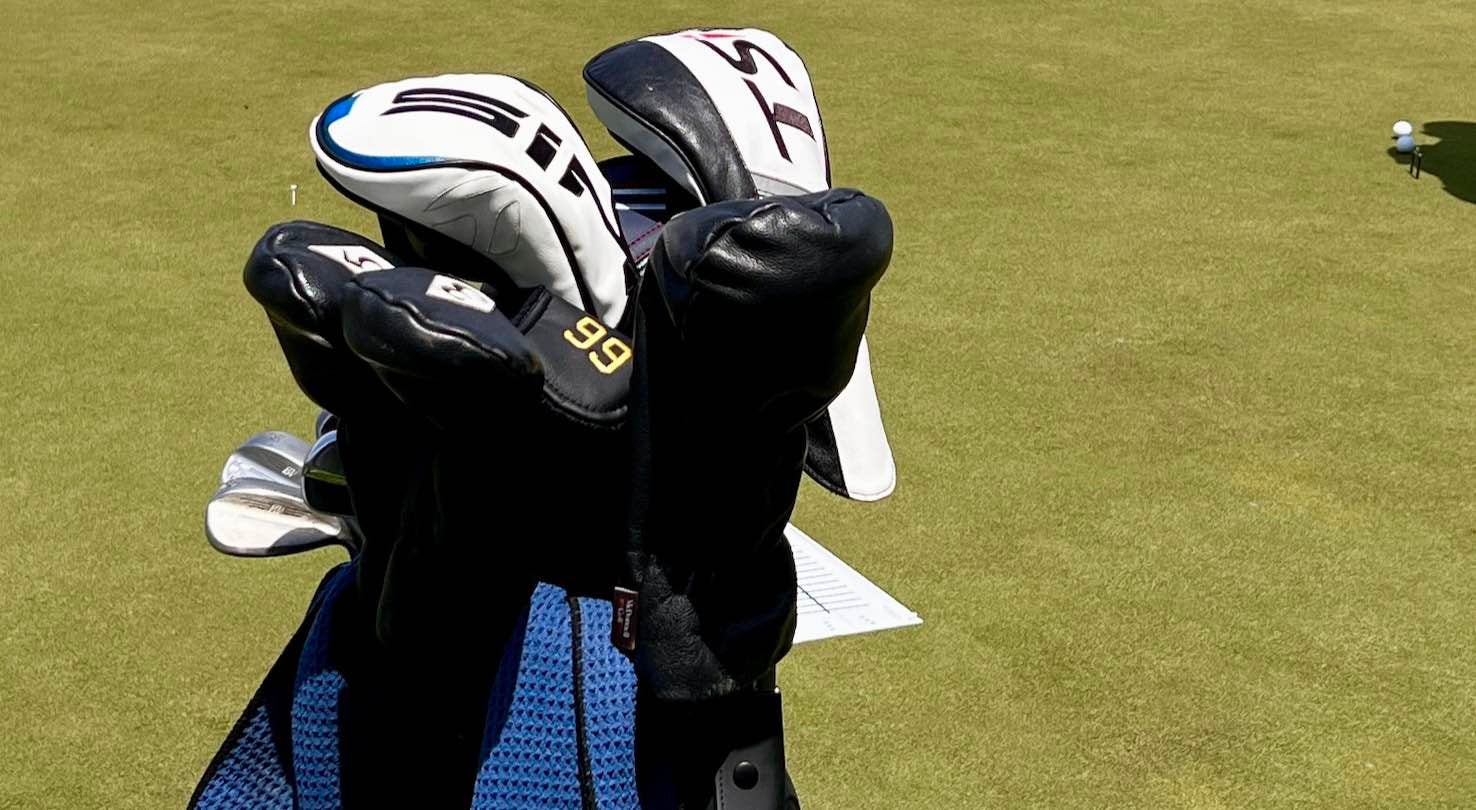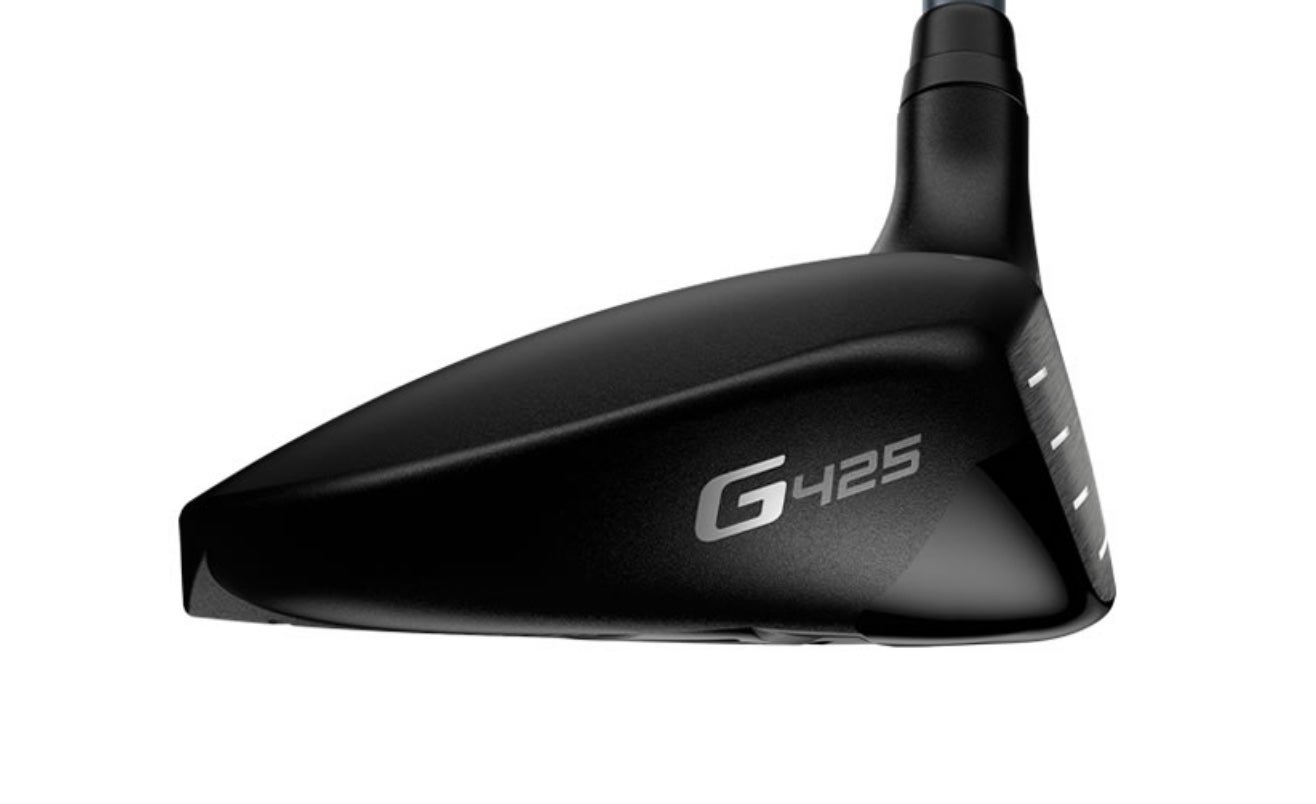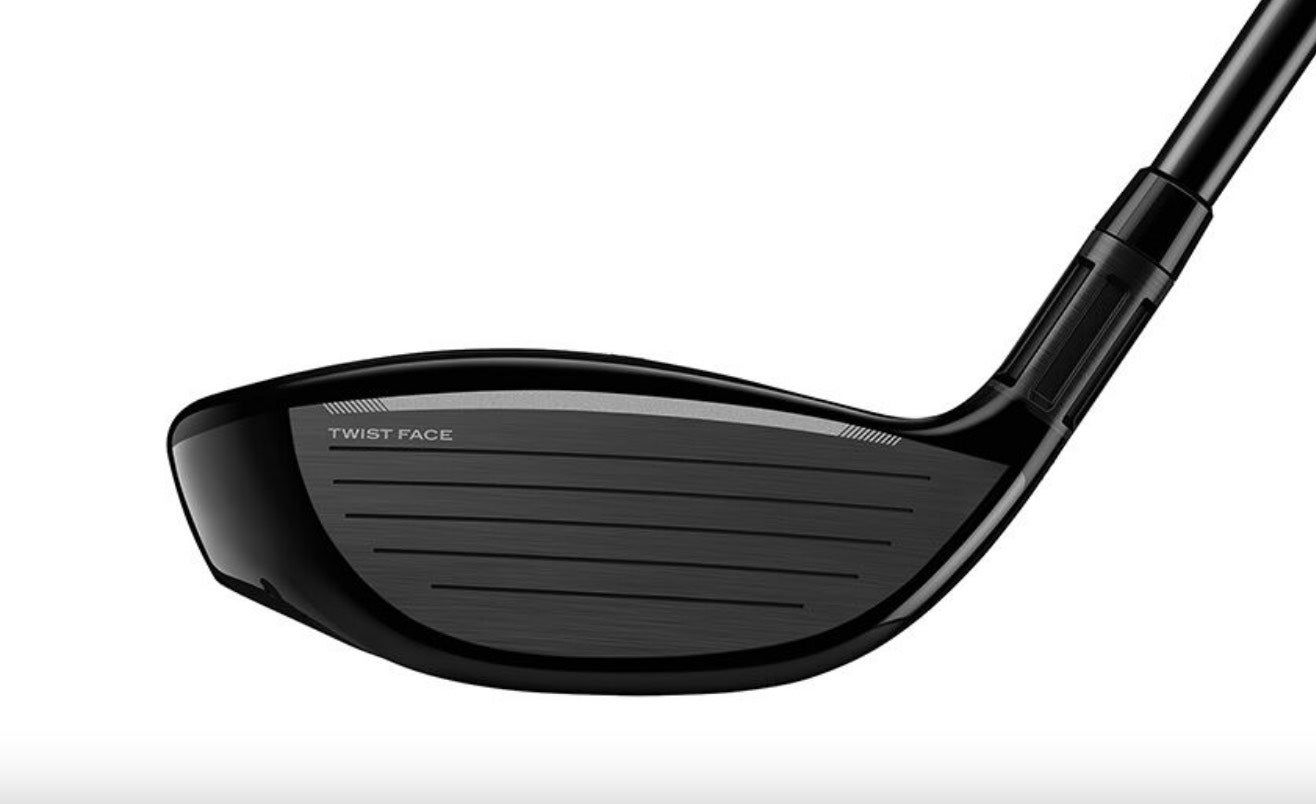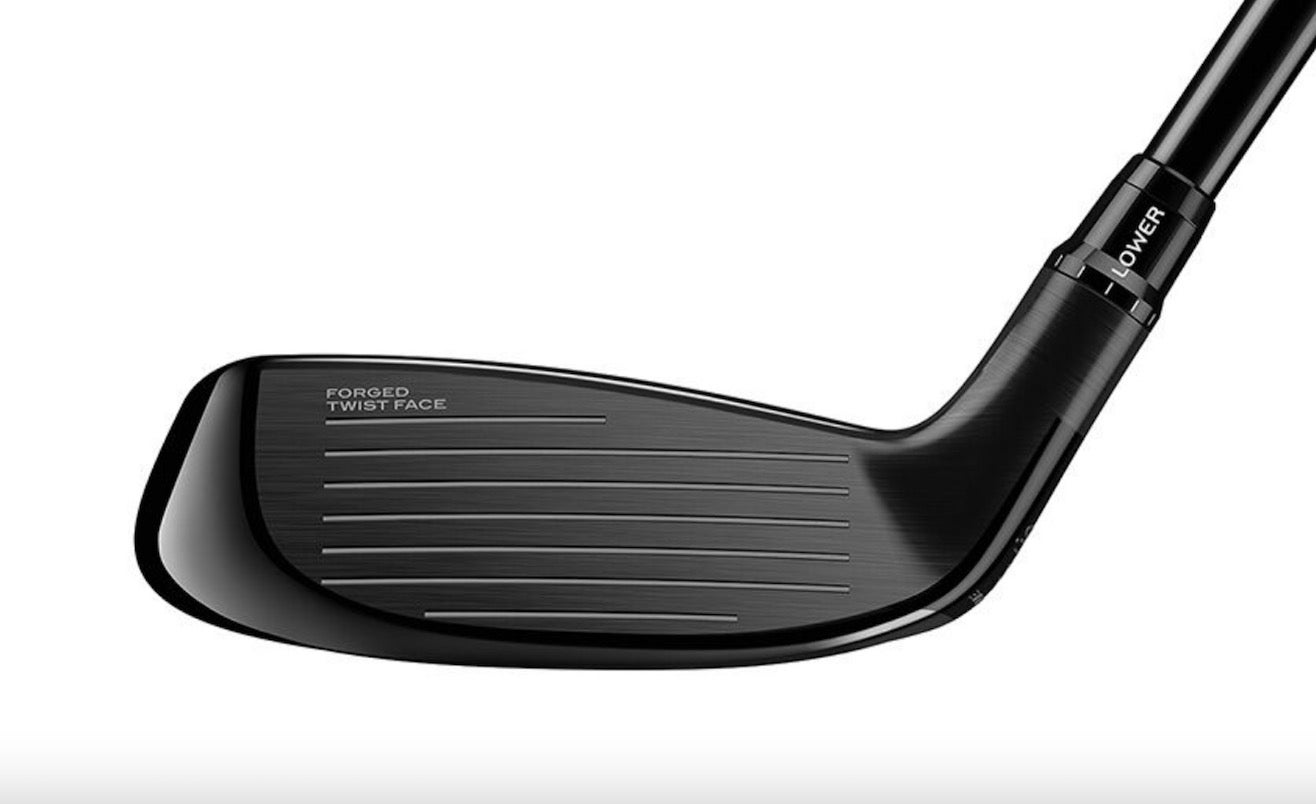
Justin Rose is one of the PGA Tour pros with some high-lofted fairway woods in his bag.
Ryan Barath
Although they were once thought to be clubs intended mainly for lower swing speed players, high-lofted fairway woods like 7- and even 9-woods continue to infiltrate more players’ bags around professional golf — specifically the PGA Tour.
The reason for their popularity is the result of the performance characteristics fairway woods offer compared to other longer clubs and the options they give to golfers from the highest level down to the recreational player.
Course conditions also play a large factor which is why we should expect to see more of them show up at this year’s U.S. Open at The Country Club in Brookline Massachusetts, but we’ll get to that in a moment.
Not all loft is created equal

Ping G425 fairway wood – Profile view
Ping Golf
Compared to traditional long irons, or even utilities and hybrids, fairway woods have a longer sole front-to-back length which positions the center of gravity farther away from the face. As a club’s center of gravity moves away from the face it becomes easier to launch the ball higher into the air — it’s the reason a 21-degree 7-wood launches higher than a traditional 21-degree lofted 3-iron.
What goes up must come down
Launch angle is one thing, but a more vital ball flight attribute required when approaching greens is on the downward side of the ball flight — angle of descent.

Angle of descent diagram
Trackman golf
The increased launch a fairway wood provides leads to a higher/steeper angle of descent which stops the ball faster, decreases the front-to-back dispersion, and improves overall distance control. Being able to hit a green on the fly is one thing, but making it stop is a whole other challenge, and whether it be from the fairway or the rough, coming into smaller greens like those found at The Country Club — the host of this year’s U.S. Open — stopping power is a big asset.
Out of the rough – what about hybrids?
Speaking of the U.S. Open, and its notorious rough, the other advantages a fairway wood — specifically, a higher-lofted one — offers compared to a hybrid is the face shape and the longer shaft length.

Face on Taylormade Stealth fairway wood
Taylormade golf
If we compare the popular TaylorMade Stealth 7-wood to its hybrid counterpart the fairway wood face shape is more rounded which allows the club to get through longer grass faster and easier the way a speed boat hull cuts through water. The flatter more iron-like face shape and leading edge of the hybrid is more susceptible to slowing down and getting caught in longer grass.

Face on Taylormade Stealth plus hybrid
Taylormade golf
Last but not least, the longer shaft length of a fairway wood allows players to generate more club head speed, which not only gets through the rough easier but also helps generate more launch and spin, resulting in what was highlighted earlier — a higher angle of descent and more stopping power. If needed it’s still easier to choke down on a longer club like a fairway wood since it’s impossible to add length to a shorter club.
We’ll be following all the club changes leading up to the U.S. Open to see which players add new higher-lofted fairway woods to their bags, and if you are struggling with holding greens with your longer irons and hybrids, we suggest you give one a try, too.







